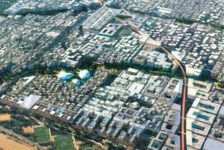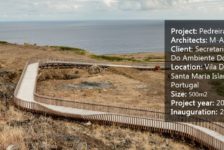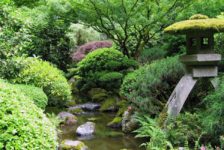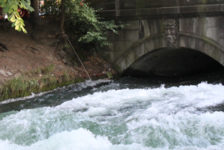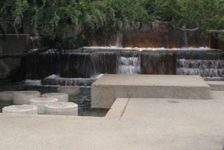Rumored to be Frank Lloyd Wright’s favorite tree, we give you the bare facts on the Ginkgo biloba tree. Name: Ginkgo biloba Native to: South East China Height and Spread: The Ginkgo tree can grow well over 12 meters with very old trees reaching excess of 40 meters. The canopy can spread over 8 meters. Soil Type: Tolerates almost all soil types. The Best Location: The Ginkgo biloba likes to be planted in full sun, and in both sheltered or open conditions. Planting and care: The Ginkgo tree is a very hardy deciduous tree, also known as the fossil tree; it is believed to have originated from the Jurassic period with similar leaves discovered inside fossils from the British Isles. It originates from South East China, and can be found growing across Japan and Korea. Many Ginkgos exists as a form of cultivation dating back over a thousand years, planted within temples across Asia. It enjoys full sun and will tolerate almost any soil type; Acid, Alkaline or Neutral Chalk, Clay, Sand or Loam; but it does require well drained soil. The Ginkgo is a great tree to plant in urban gardens as it tolerates pollution and can grow in very confined spaces, due to this it is a very popular tree for bonsai. The leaves turn a yellow in autumn and can grow to 12cm in width. The leaves are rare among plants as they grow into a fan shape. The tree requires very little maintenance or pruning and the female plant will produces a yellow fruit, but it has a very unpleasant smell. The Ginkgo is believed to have medical properties which can help with memory gain and dementia, but studies have found nothing to support this. Check out our article on the Jo Yeates Memorial where a Ginkgo biloba was featured. Profile written by guest writer Aaron Carpenter
This article was originally submitted to Landscape Architects Network
Published in Blog



